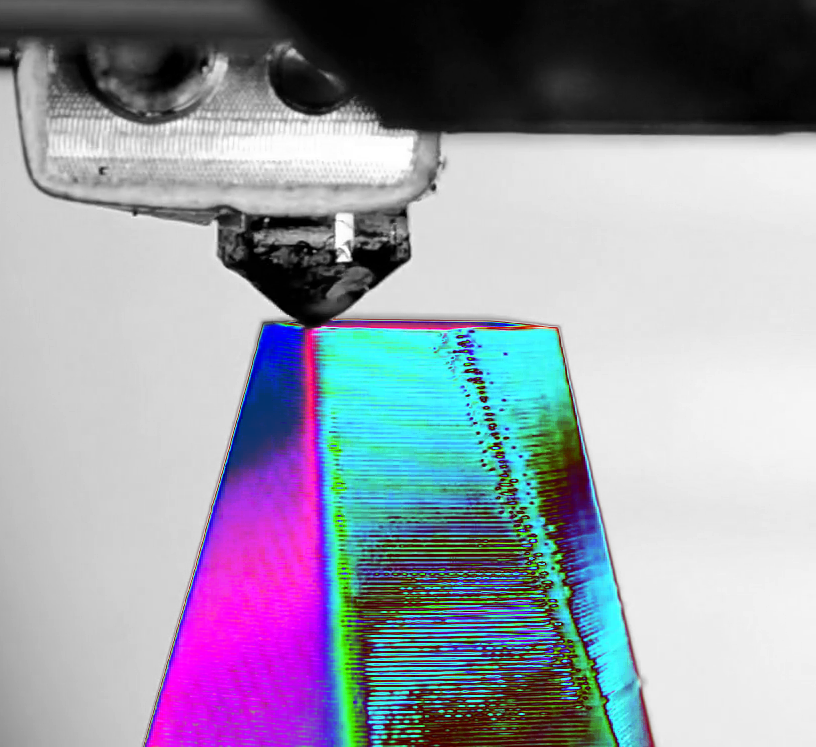Printable metal range expanded
 A new technique opens up 3D printing to thousands of metal alloys - even those that can't be welded.
A new technique opens up 3D printing to thousands of metal alloys - even those that can't be welded.
A method for 3D printing high-strength aluminium alloys is presented in the journal Nature.
Metal-based additive manufacturing, or 3D printing, allows metal components to be built up layer by layer, increasing design freedom and manufacturing flexibility.
Currently, however, only a handful of alloys can be reliably printed.
The vast majority of the more than 5,500 alloys in use today cannot be additively manufactured because the melting and solidification dynamics during this process lead to periodic cracks in the material.
But researchers form the US have now described a solution to this problem by introducing nanoparticles that control solidification during additive manufacturing.
They demonstrate this using aluminium alloys relevant to automotive, aerospace and consumer applications.
Using computer software that analysed over 4,500 different alloy and nanoparticle combinations, the authors selected hydrogen-stabilized zirconium as a suitable nanoparticle material. Gas-atomized spherical powders of two aluminium alloys (7075 and 6061) were then coated with the hydrogen-stabilized zirconium nanoparticles and additively manufactured using selective laser melting.
The authors found that in contrast to parts manufactured from stock 7075 and 6061 powders, the alloys manufactured with nanoparticles showed no signs of cracking and demonstrated strengths comparable to wrought materials.
The authors suggest that this approach is applicable to other alloys and could be extended to new families of additive manufacturing materials.







 Print
Print